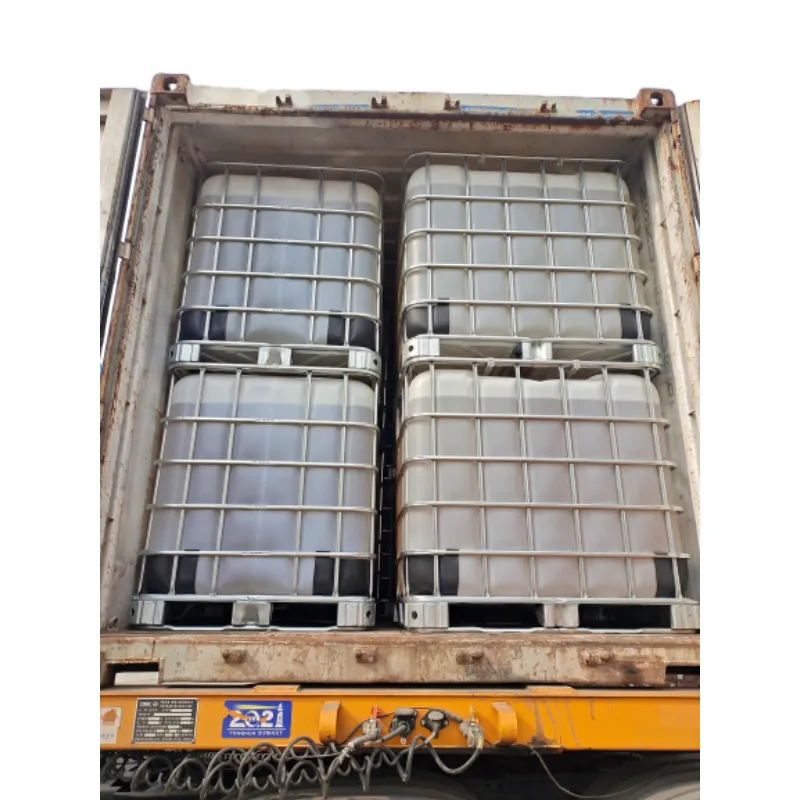
e300 food additive
Understanding E300 The Role of Ascorbic Acid in Food Preservation
In the realm of food additives, E300 stands out as an essential component widely recognized for its preservative and antioxidant properties. Ascorbic acid, commonly known as vitamin C, plays a vital role in the food industry, benefiting both manufacturers and consumers alike. This article delves into the multifaceted functions of E300, its sources, safety concerns, and its overall impact on food quality and nutrition.
What is E300?
E300 refers specifically to ascorbic acid, a water-soluble vitamin primarily associated with the prevention of scurvy in humans. In the context of food technology, ascorbic acid is predominantly used as an antioxidant to inhibit oxidative processes that can lead to food spoilage. It is naturally found in various fruits and vegetables, including oranges, strawberries, kiwi, and bell peppers, which are all known for their high vitamin C content.
Functions of E300 in Food Preservation
As an antioxidant, E300 plays a crucial role in maintaining the freshness and longevity of food products. One of its primary functions is to prevent the oxidation of fats and oils, a process that leads to rancidity and off-flavors. By doing so, ascorbic acid not only enhances the shelf life of products but also preserves their sensory attributes, making them more appealing to consumers.
Moreover, E300 is instrumental in the stabilization of color in certain foods. For example, in fruit juices and various types of canned vegetables, ascorbic acid helps maintain vibrant colors and reduces the browning effect that can occur due to enzymatic reactions. This stabilization is critical for aesthetic purposes, ensuring that products remain visually attractive and marketable.
e300 food additive

Sources of Ascorbic Acid
Ascorbic acid can be derived from natural sources or produced synthetically. Natural sources include citrus fruits, berries, leafy greens, and cruciferous vegetables. These foods are not only rich in vitamin C but also come with additional nutrients and antioxidants that contribute to overall health. Alternatively, many food manufacturers prefer to use synthetic ascorbic acid due to its cost-effectiveness and stability; this form is chemically identical to the natural variant and offers the same benefits in food applications.
Safety and Regulation
E300 is generally recognized as safe (GRAS) by various health authorities, including the Food and Drug Administration (FDA) and the European Food Safety Authority (EFSA). It is widely used in the food industry, and due to its natural occurrence in many fruits and vegetables, there is limited risk associated with its consumption. However, as with any additive, it is essential to use E300 within regulated limits to avoid potential adverse effects. Excessive intake of ascorbic acid can lead to gastrointestinal disturbances; hence, moderation is key.
Conclusion
E300, or ascorbic acid, is more than just a food additive; it is a vital component that enhances food preservation, improves aesthetic appeal, and ensures nutritional value. With its antioxidant properties, it helps protect food products from oxidation, maintaining freshness and quality over time. As consumers become increasingly health-conscious, the significance of natural food additives like E300 will continue to rise. The positive implications of E300 extend beyond the food industry into public health, compelling us to appreciate the crucial role that this simple vitamin plays in our diets and its impact on food safety and quality. Understanding E300, therefore, is essential not only for food manufacturers but also for consumers who wish to make informed choices about the products they consume.
-
Sodium Dichloroisocyanurate Safety Handling ProtocolsNewsJul.29,2025
-
Mining Chemicals for Copper Extraction Processes GuideNewsJul.29,2025
-
Fertilizer for Sale Shipping and Storage TipsNewsJul.29,2025
-
Dimethyl Disulfide as Sulfurizing AgentNewsJul.29,2025
-
Benzotriazole Safety Data Handling and Storage GuidelinesNewsJul.29,2025
-
Ammonium Bicarbonate Safety Handling Storage GuidelinesNewsJul.29,2025
-
The Transformative Role Of Trichloroisocyanuric Acid in Water TreatmentNewsJul.23,2025
Hebei Tenger Chemical Technology Co., Ltd. focuses on the chemical industry and is committed to the export service of chemical raw materials.
-

view more DiethanolisopropanolamineIn the ever-growing field of chemical solutions, diethanolisopropanolamine (DEIPA) stands out as a versatile and important compound. Due to its unique chemical structure and properties, DEIPA is of interest to various industries including construction, personal care, and agriculture. -

view more TriisopropanolamineTriisopropanolamine (TIPA) alkanol amine substance, is a kind of alcohol amine compound with amino and alcohol hydroxyl, and because of its molecules contains both amino and hydroxyl. -

view more Tetramethyl Thiuram DisulfideTetramethyl thiuram disulfide, also known as TMTD, is a white to light-yellow powder with a distinct sulfur-like odor. It is soluble in organic solvents such as benzene, acetone, and ethyl acetate, making it highly versatile for use in different formulations. TMTD is known for its excellent vulcanization acceleration properties, which makes it a key ingredient in the production of rubber products. Additionally, it acts as an effective fungicide and bactericide, making it valuable in agricultural applications. Its high purity and stability ensure consistent performance, making it a preferred choice for manufacturers across various industries.











